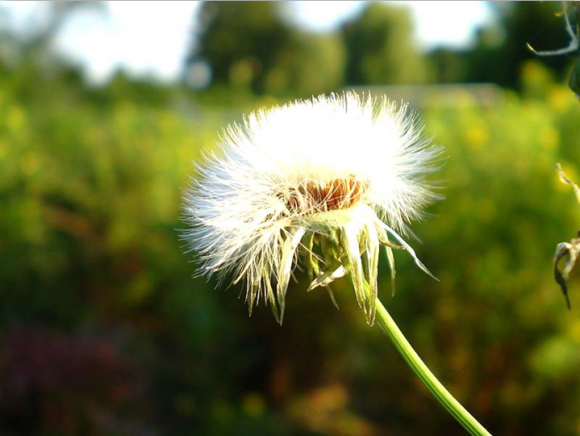2 September 2015 | By Petr Pyšek
Humans have been moving plants and animals around the world for many centuries. Some of these plants and animals often grow and adapt to their new environment, becoming naturalised species. Naturalised species are species that grow and reproduce in the wild outside of their original range.

A new study by C·I·B Associates Petr Pyšek and Franz Essl, and a team of international scientists has developed a unique global database of plants to investigate the movements of plants from countries where they occur naturally to new regions of the world. They used the database to determine which continents have the largest number of naturalised alien plants and which continents are the major donors of naturalised alien plants to other parts of the world.
The team found that 13,168 plants (3.9% of the total plants worldwide) have become naturalised elsewhere as a result of human activity. North America has the most naturalised alien plants with almost 6 000 species, followed by Europe with more than 4 000 species. The Pacific Islands show the fastest increase in numbers with respect to their land area. Countries from northern hemisphere were found to be the largest donors of plant species to other parts of the world.
“With continuing globalisation and increasing international traffic and trade, it is very likely that more species will be introduced outside their natural ranges and naturalise.” says Petr Pyšek, senior author of the paper published in Nature. He adds, “Our results quantify for the first time the extent of plant naturalisations worldwide and highlight the urgent need for globally integrated efforts to control, manage and understand the spread of alien species.”
For more information, contact Petr Pyšek at pysek@ibot.cas.cz
Read the paper:
Media links:
Watch the video (featured on Nature Video)

